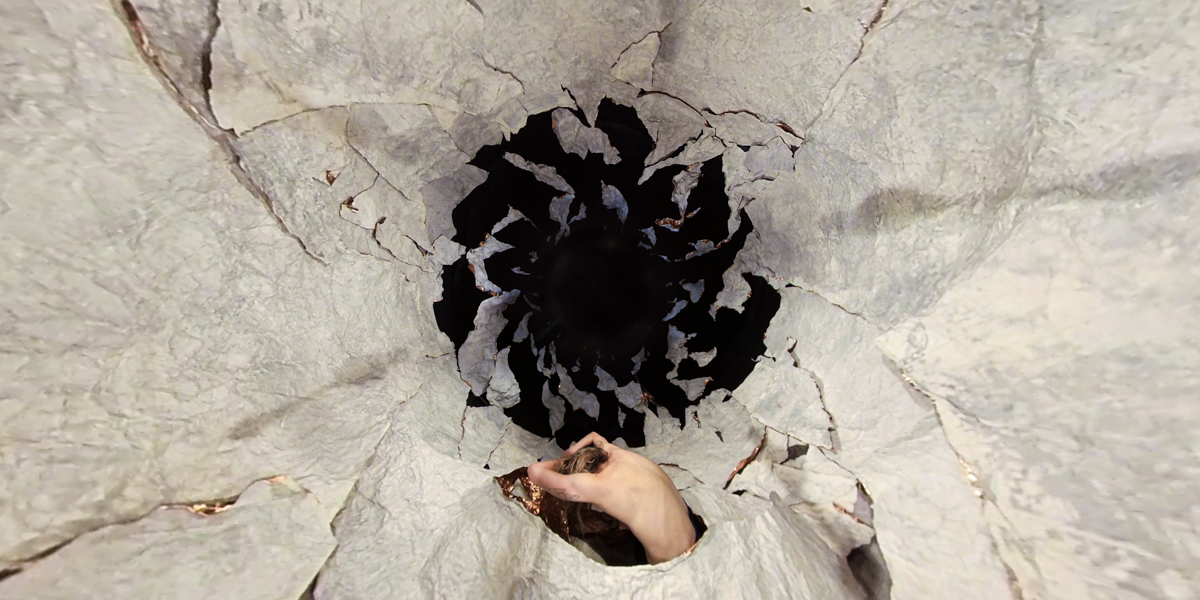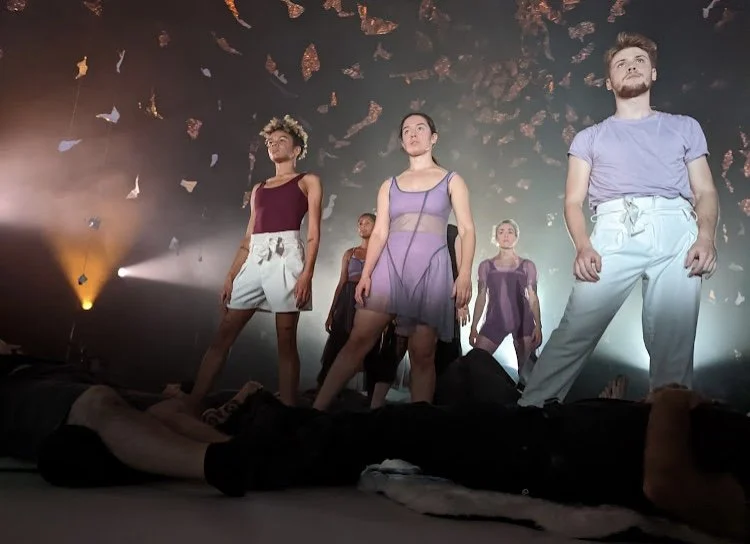Company Biography
2015 Guggenheim Fellow and 2013 Stranger Genius award winner zoe | juniper (zj) is a Seattlebased dance and visual arts team The Boston Globe describes as a “crazy dream you just can’t shake.” Cofounded by choreographer Zoe Scofield and visual artist Juniper Shuey, the company creates stunning multidisciplinary dance performance and installation works. Over the past 13 years zj has been commissioned and presented nationally and internationally by Jacob’s Pillow, On the Boards, Dance Theater Workshop/NYLA, Bates Dance Festival, PICA, DiverseWorks, PS122, Spoleto Festival, Columbia College, PuSh Festival, Wesleyan University, American Realness, Pennsylvania Ballet, ICA Boston, Joyce Theater, DancePlace, Frye Art Museum, Yerba Buena Center, Trafo House, REDCAT, OzArts, SIFFx, Carolina Performing Arts, Fringe Arts Festival, CNDC Anger and others. Awards and residencies include The MacDowell Colony, Bellagio Rockefeller Foundation, Princess Grace Foundation, Mellon Foundation and MAPFund.
Artist Statement
In 2006, zoe | juniper was formed as a collaboration between Zoe Scofield, choreographer, dancer, visual artist and director and Juniper Shuey video/visual artist, set designer and director with a wide range of cross-disciplinary collaborators. Their work encompasses dance, video, installation, photography and film collaborations shown in visual art galleries, museums and theaters. They have been commissioned and presented by national and international arts centers such as, On the Boards, Portland Institute for Contemporary Art, Trafo House of Art, Dance Theater Workshop, Bates Dance Festival, New York Live Arts, Spoleto Festival, Jacob’s Pillow, Institute of Contemporary Art Boston, Body Festival (New Zealand), Yerba Buena Center, Columbia College Chicago, DiverseWorks, The Frye Art Museum, American Realness Festival, Wesleyan University, PS122/ COIL Festival, Baryshnikov Arts Center, RedCAT, OzArts, SIFFx, Carolina Performing Arts, Pennsylvania Ballet, Fringe Arts/Philly Fringe, DiverseWorks, Dansplace, Dancespace, The Joyce Theater, The MET Museum, NY Philharmonic, CNDC Angers France and more. They offer educational workshops and lectures on dance, video, collaboration and installation throughout the US and internationally.
Our choreographic work is an intersection of embodied design, physicality, visual space, and directional sound. We approach the creation and presentation of our work with a belief that dance is a visual art form and visual art is a physical form. The reframing of these components– dance, video, photography, sound/music, lighting, set, and sculpture is the basis of all our work and creates a synergistic “third space” where by coming together creates something unique and singular in their combination. Within the responsive play between the elements rearranged in the work, a new dance is created while the audience is introduced to new ways of seeing and experiencing. Often, our works exist both as a proscenium performance and installation, which allows experimentation with duration, proximity, and shifting visual worlds in unique ways, offering multiple entry points into the work.
At the beginning of our creative process, we often use photography, music / sound design, sculpture and painting to activate an idea before it becomes a choreographed movement and concept. In the development of BeginAgain (2014) we created large plaster casts of the dancers’ bodies that informed the movement and set, allowing the ephemera of choreography to linger in space as a tangible artifact. In the making of Clear & Sweet (2016), video editing was used to manipulate the material we made in rehearsal through cutting, reverse, and slow motion, and then we brought it back to the studio to adapt it into live movement material. By conducting our research through cross-disciplinary practices, it allows us to expand the medium of dance and how it functions in performance.
While our work is not recognized as ballet, the genesis of the choreography is strongly rooted in formalized technique. The rigor and articulateness as understood through the dancer body allows us to access and express a physicality of the most raw human experiences. In BeginAgain we worked to convey a particularly nuanced expression with soloist Ariel Freedman, creating movement that deviated wildly from classical form while still honoring and engaging the technique. In nous/us (2015) we juxtaposed classical ballet timing and form with vocabulary from J-Setting, a style practiced by university dance teams. This is at the heart of what distinguishes my choreography: we use ballet in relationship to other elements and techniques, transforming it into something entirely new and expansive in its expressive capacity.
Our works are responsive to the play between each of the elements and the audience. Often zoe | juniper works exist both as a proscenium performance and installation, which allows play with duration, proximity, and shifting visual worlds in unique ways, offering multiple routes into the work. Limitations are often a major source of inspiration. In No One to Witness Study #4 (2012), space limitations led us to invite audiences to lay on the floor, erasing the separation between the art and the viewer that created a profoundly intimate experience. In this way, reconfiguring pieces for each venue keeps the work alive. Our process has evolved from recreating an exacting initial vision into nurturing creative exploration where mistakes and disruption reveal new, exciting avenues. The malleability built into the work fosters a continual play and deeper creativity, allowing me to make work in a perpetual process of becoming rather than from a fixed place and mindset. Through constant reframing and reinvention we access this liminal state that can only happen at this moment in time and space through the convergence of each element. Our art is a glimpse into this place of fleeting magic.


